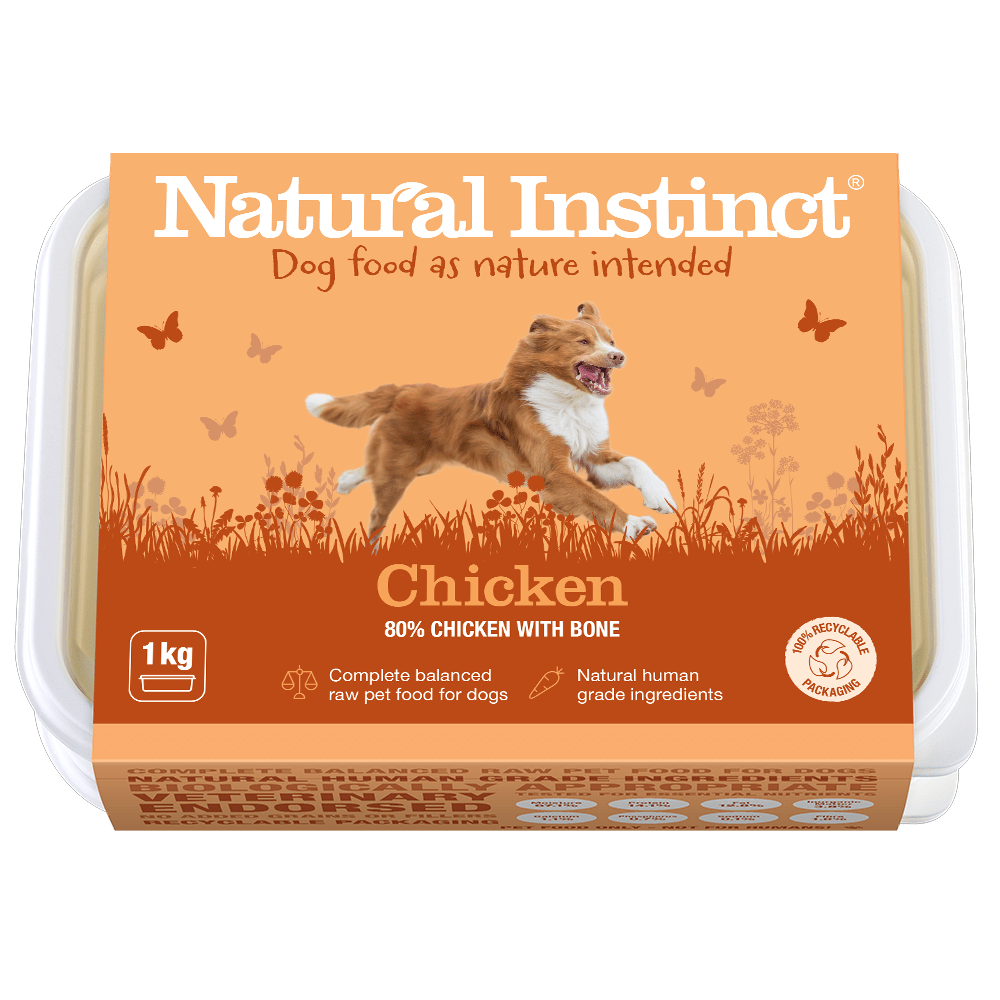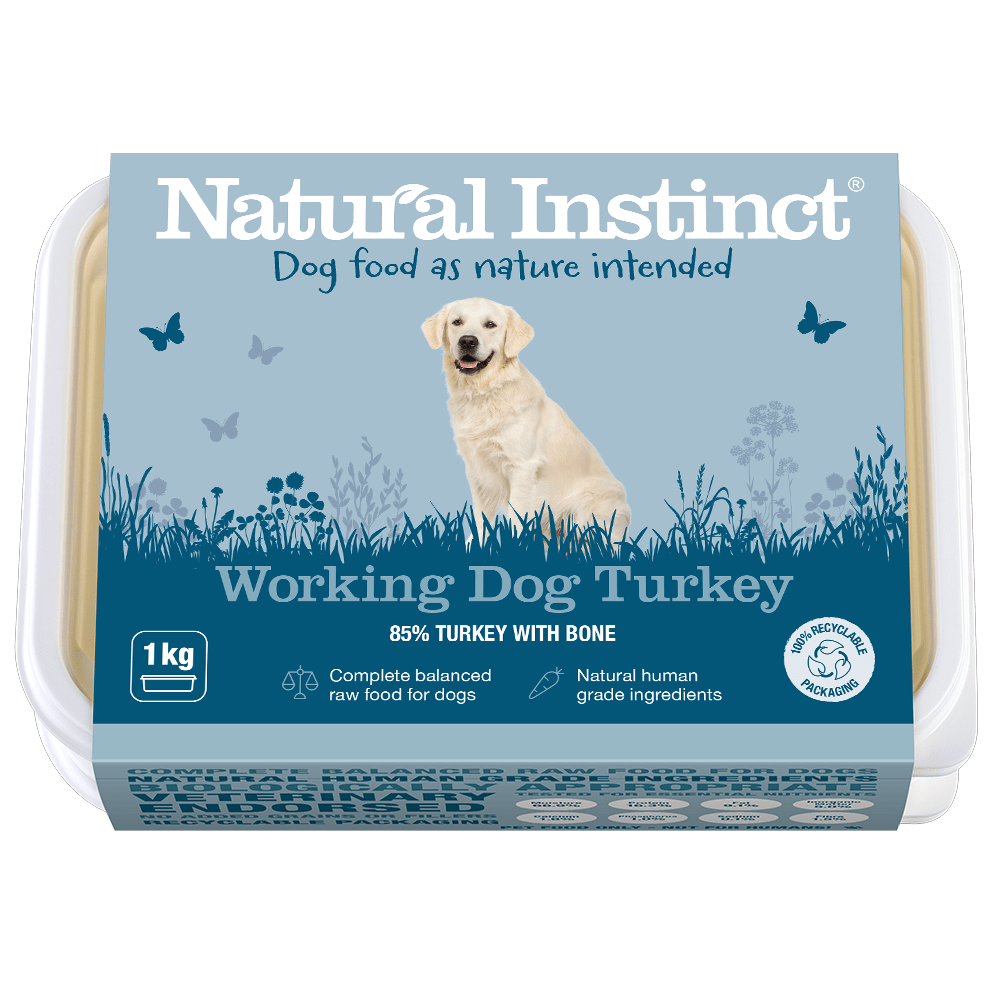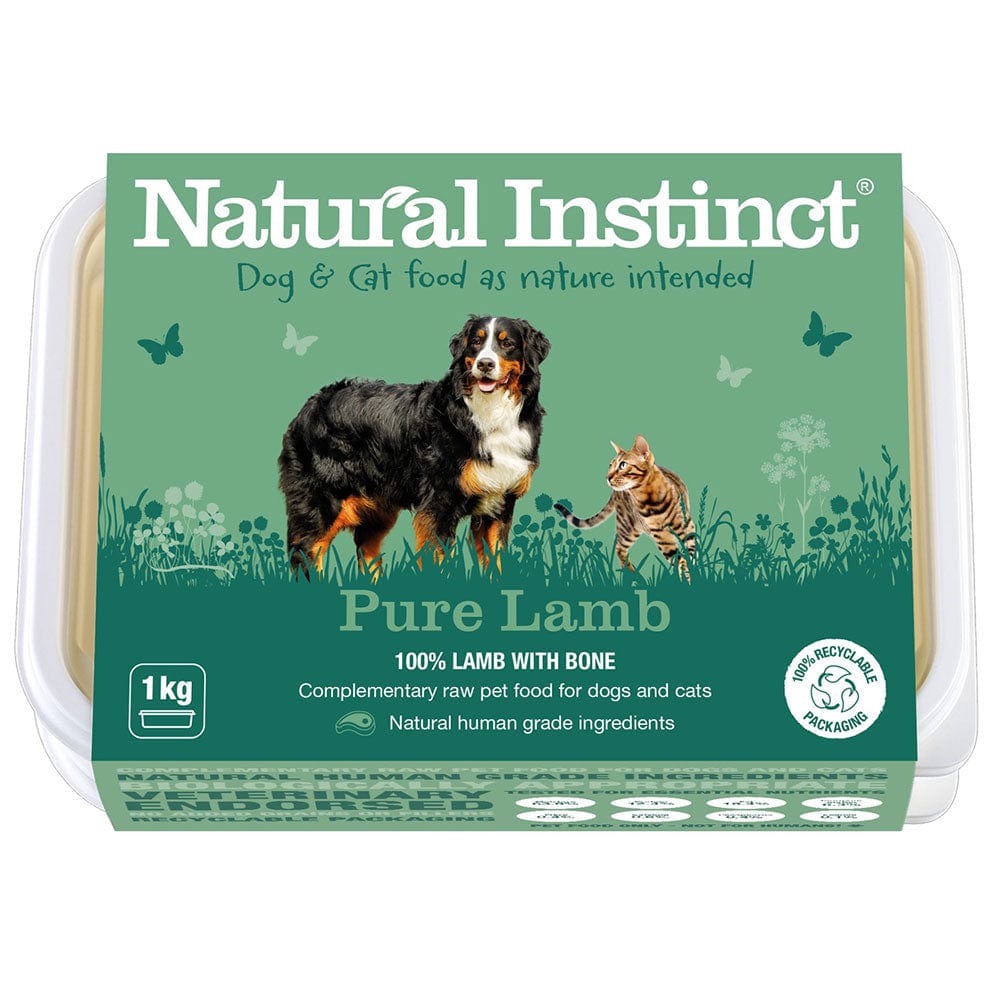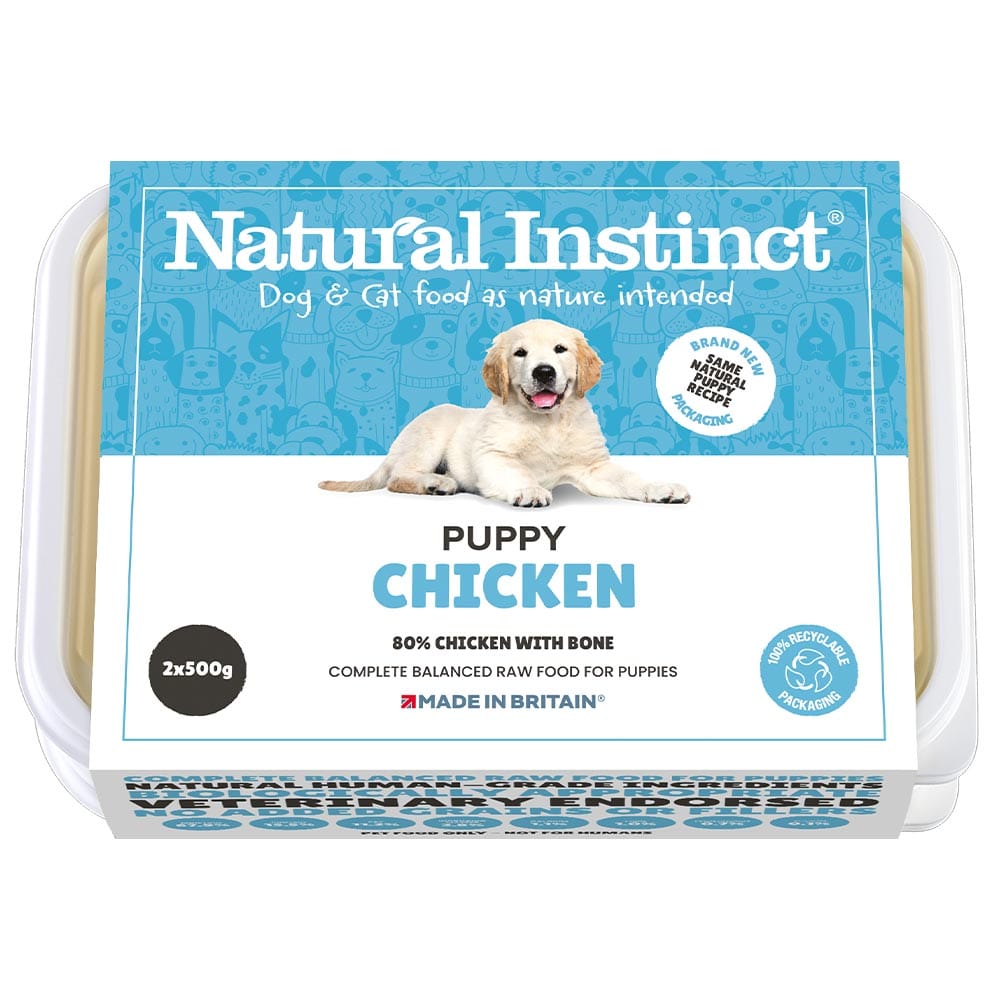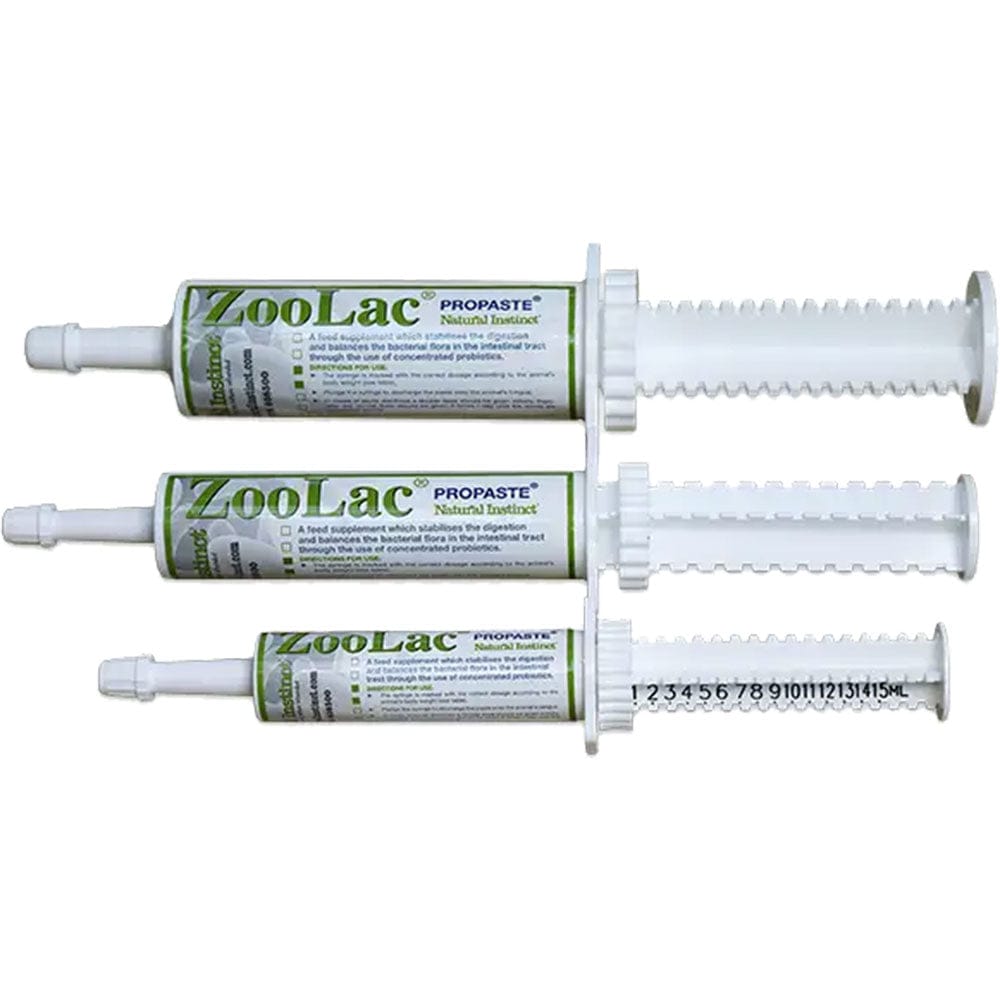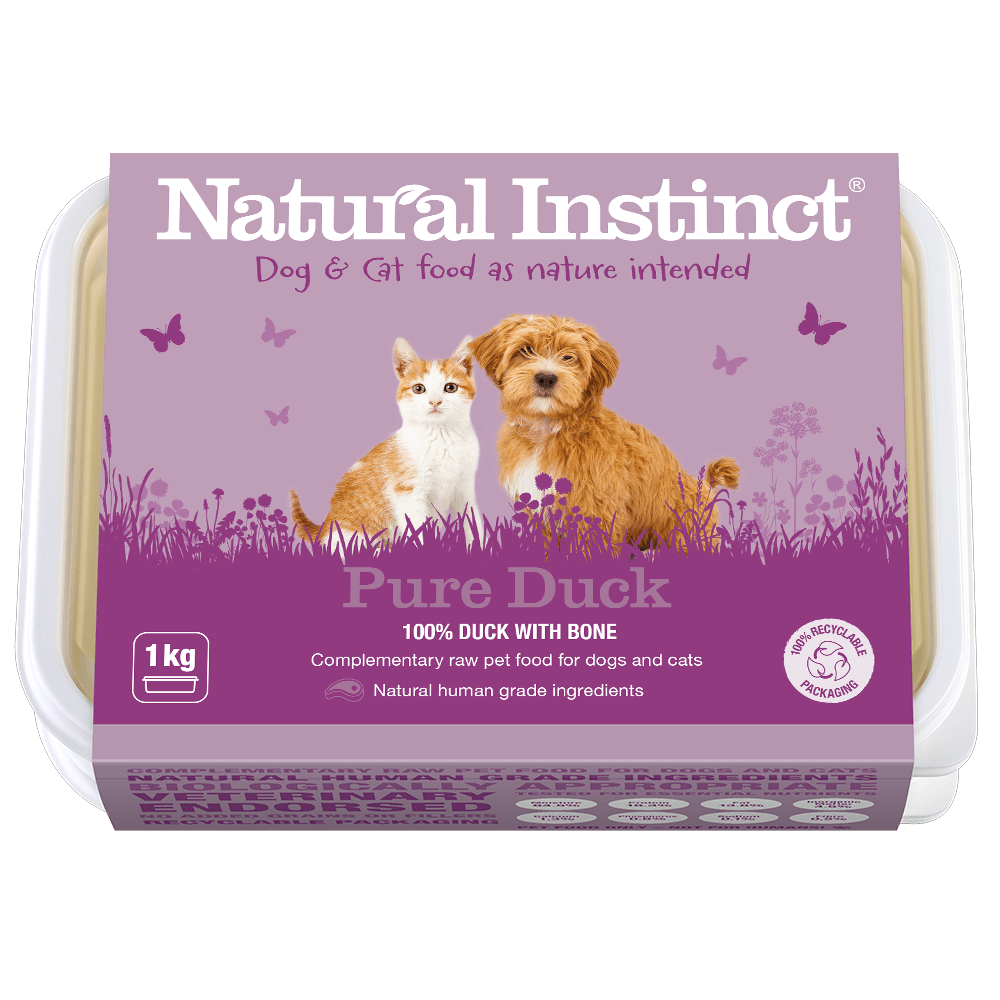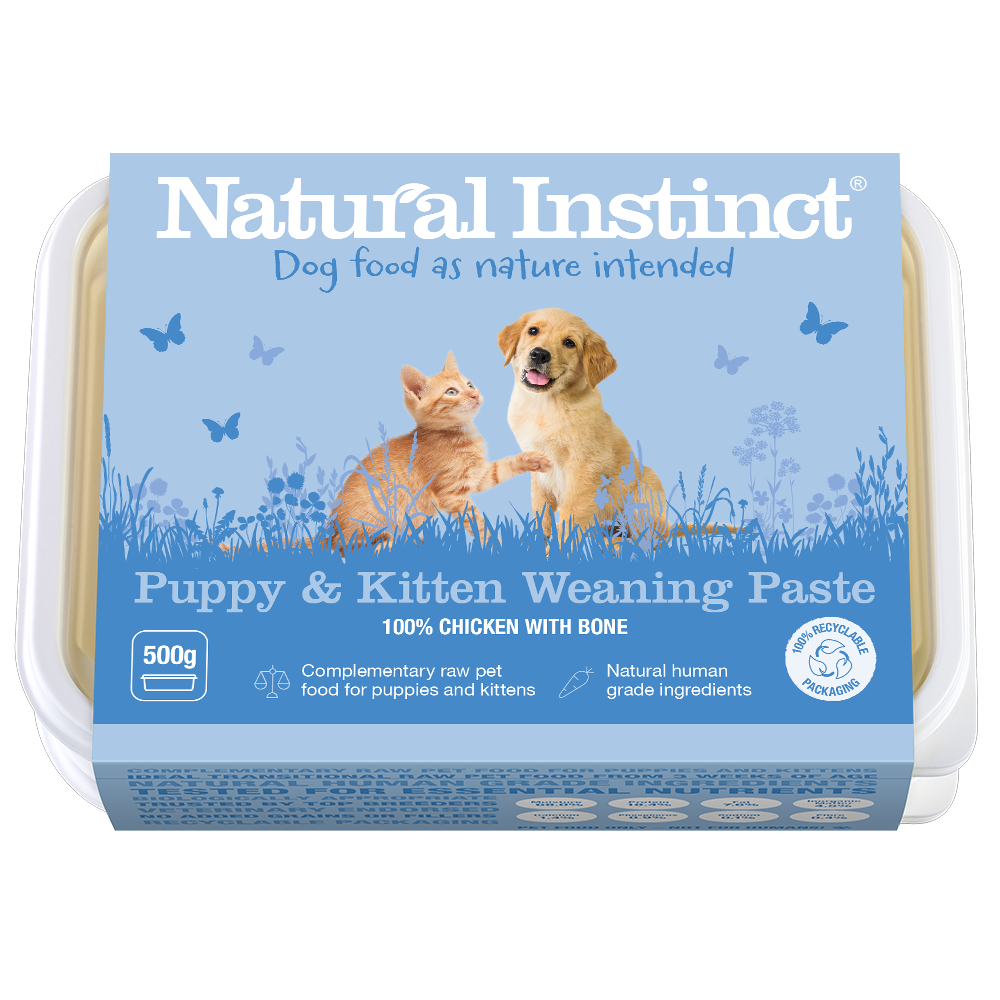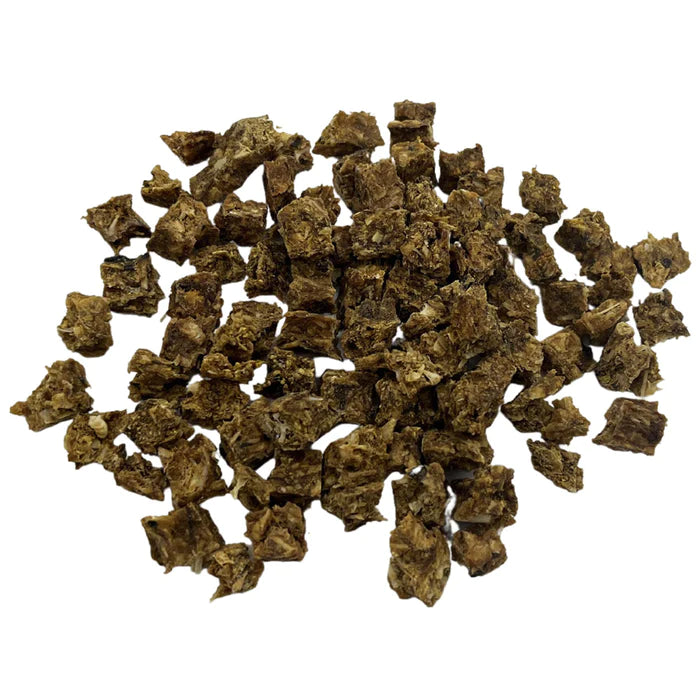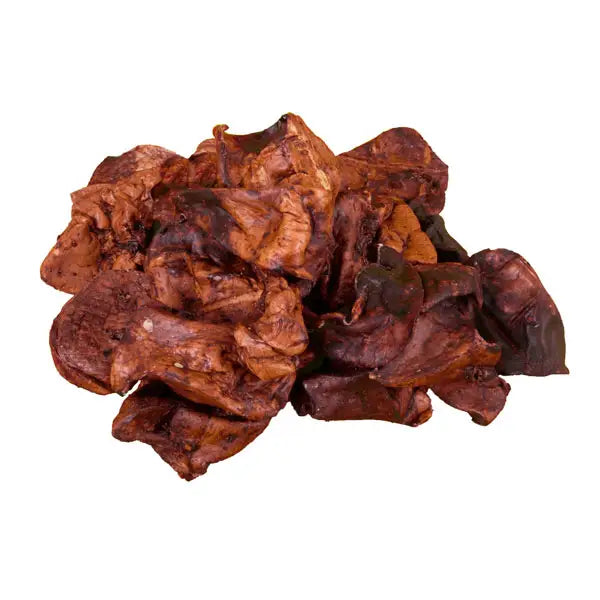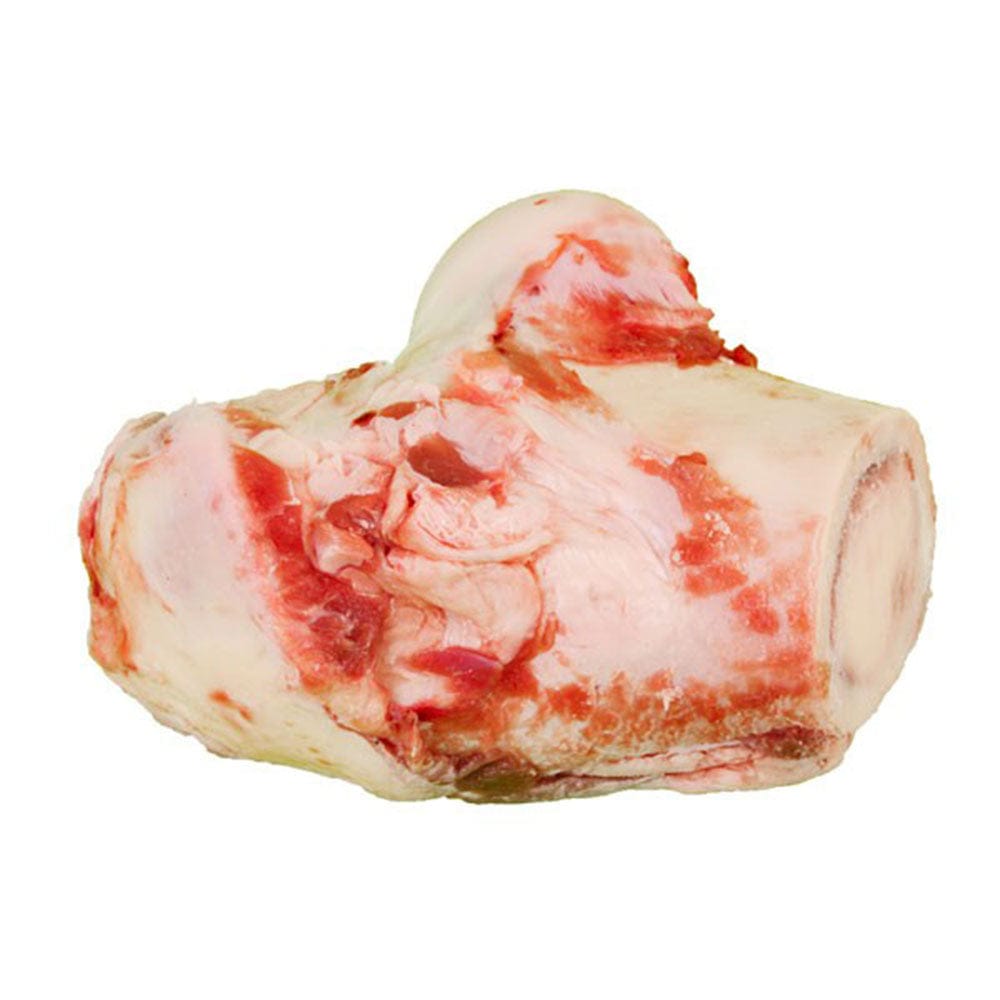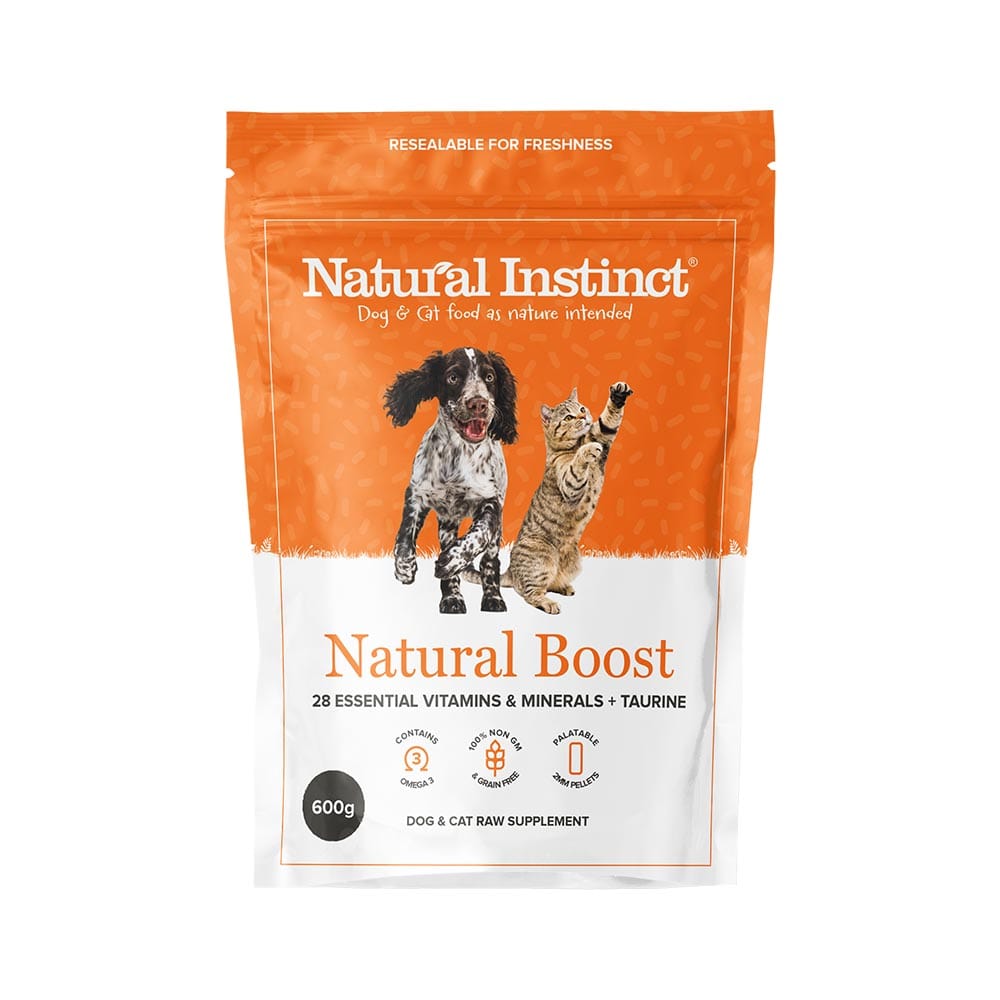“There’s no magic bullet for reducing inflammation, it’s an adjustment and a conscientious decision to tweak what you do everyday”
As humans, there are clear signs when we have a cold. Our joints may ache, we need tissues galore for a runny nose and our skin can be super sensitive. These are signs your body is inflamed. The soreness may warrant paracetamol and you’re not at your most glamorous, but it will die down when your body’s immune response kicks in. After a few days, you’ll likely start to feel better and order (homeostasis) will be restored.
Inflammation is a good thing in the short term, it’s there to fight off a temporary invader, a tummy bug or a bacterial infection. It comes, it sees, it conquers. Job done. However, if the tummy bug keeps recurring and isn’t dealt with, inflammation can become chronic and cause serious harm.
It’s no different for dogs. Chronic inflammation can lead to chronic illness so it is important that we know the causes, the symptoms and the best ways to prevent and reduce inflammation.
Causes of inflammation in dogs
-
A leaky gut:
This often stems from a diet high in carbohydrates. This can lead to inflammation of the joints and organs. You can read more on a leaky gut here. -
Repeating bouts of fleas:
This can cause itching skin, dermatitis or infection. Worms can inflame the gut too. -
Long-term stress:
Stress increases levels of the hormone cortisol and triggers inflammation. -
Too much, or not enough exercise:
Too much exercise or too little exercise can trigger an inflammatory response, whilst just enough will have an anti-inflammatory effect. Achieving the right balance can be tricky.
Symptoms of inflammation in dogs
These are chronic symptoms that occur regularly or just won’t go away:
Skin hot to the touch:
My dog, Nikita has a bad back and I know when she’s walked enough because her back gets warm where it’s inflamed.
My dog, Nikita has a bad back and I know when she’s walked enough because her back gets warm where it’s inflamed.
-
Pain and swelling of the joints:
Often warm to the touch. -
Gut problems:
Frequent colitis, diarrhoea, constipation etc. -
Itchy skin:
Sore, red, sometimes broken or infected. -
Stress:
Lip licking, ears back, tail down, hiding, yawning or decreased appetite to name a few. -
Exercise:
Mood changes, stiffness, unwillingness to exercise -
Lethargy:
You’ll notice your dog doesn’t want to do much of anything and has decreased energy levels.
How to reduce inflammation in your dog
-
Healthy food:
Feed your dog a good diet rich in protein, vegetables and complex carbohydrates - broccoli, carrots, oats and sweet potatoes are all good -
Reduce stress:
Work out what your dog likes. Toys, puzzles, sniffing, lying on the grass in the sun, having their own space? Dogs have likes, dislikes and preferences. Discovering what they are will reduce their stress dramatically -
Exercise:
Again, what does your dog need? A spaniel needs exercise and stimulation. An old dog might only want a plod around the block. I generalise but you get the idea. Don’t expect your dog to need the exercise you think they should have -
Keep free of parasites:
Such a simple one this. A no brainer.
There’s no magic bullet for reducing inflammation, it’s an adjustment and a conscientious decision to tweak what you do everyday and make it better. I like that it’s attainable and everyone benefits.
By Kate Bendix
Writer and Author of My Itchy Dog, The Dog Diet and Worm Counts for Dogs
